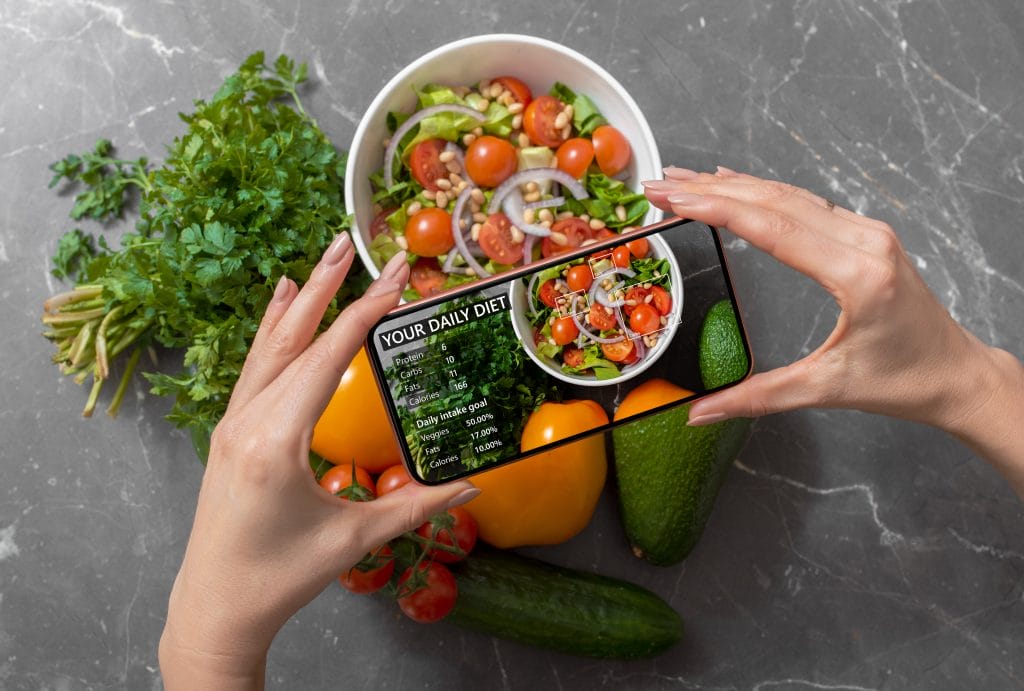
Human-like recognition using AI Computer Vision
AI Computer Vision is gamechanging in the way it will influence business operations in the next decade.
Our human brains are amazing pieces of technology. Using pattern recognition built up over hundreds of thousands of years, we can naturally spot predators, and distinguish between different shades of green. Babies can recognise their mother only one week after birth, and they quickly become face-recognition experts.
Using computer algorithms and powerful hardware, we can train a computer to comprehend visual data and use this technology to improve business systems. With machine learning, develops program small applications to detect specific patterns. Statistical algorithms such as logistic regression, decision trees and linear regression detect patterns and classify objects in images.
With facial recognition, the first step is to create a database by feeding thousands or millions of images about a specific subject.
AI Computer Vision Object Detection, Segmentation and pattern recognition

The second step is in labelling the images and various data points, to detect patterns. Lastly, when you capture new images, computer vision takes over and key data points are marked automatically. Most of us are familiar with the protocol at passport control, before COVID-19.

An example in the news recently is Clearview AI, a startup which uses a database of billions of photos scraped from public source websites such as social media. It is used by law enforcement worldwide for a number of tasks, including allowing the US Homeland Security’s Child exploitation Investigations Unit to rescue children from sexual abuse and exploitation. However, many privacy and rights organisation believe the company has crossed ethical lines. Google, Microsoft and Facebook have sent cease-and-desist letters to the company to stop scraping their platforms.
AI Computer Vision for the agriculture and food industry
Spectroscopy studies how light behaves inside and between the structures of atoms and molecules. It is the analysis of the interaction between matter and any portion of the electromagnetic spectrum. The most well known tool is the X-Ray machine invented over a century ago.
With a hyperspectral camera, hundreds of thousands of “spectra” can be measured. Combing this camera with AI Computer Vision provides information on the quality of food by scanning it from the outside.
One startup working on this is ImpactVision which can analyse food without damaging the contents, and determines how fresh it is and the estimated shelf-life.

Most critically, it can detect any contamination that may be present. In agriculture, bio-security is a massive problem as we know from the stories about the mass culling of chickens due to H5N1, pigs from swine fever.
In 2018, New Zealand had to cull more than 126,000 cows to eradicate Mycoplasma diesease. It is exciting that in the future, AI Computer Vision will help protect local agriculture and meat products to reduce mass culling, and make meat safer for consumption.
AI Computer Vision in a post-pandemic world
During the current COVID-19 pandemic, CyberLink is upgraded their FaceMe facial recognition platform. Formerly used for access control, security, smart retail and home protection it is now even more powerful. It can identify who is wearing masks, and still allow secure access to systems or locations to people wearing masks. It can also notify personnel if someone is not wearing a mask in an area which requires one. Using infrared thermal imaging technology, they can identify people who may be symptomatic.

AI Computer Vision for Assistive Technologies
Another example that we love, is an Android app developed by Google called Lookout which “uses computer vision to assist people with low vision or blindness get things done faster and more easily. Using your phone’s camera, Lookout makes it easier to get more information about the world around you and do daily tasks more efficiently like sorting mail, putting away groceries, and more.”
To make this magic happen, there is a product recognition architecture which happens both on the server-side but also includes on-device OCR using the camera of the smartphone, and uses each frame to extract additional information such as packet size, product flavour variant, etc.

How Lumen is implementing AI Computer Vision
Lumen is implementing AI Computer Vision for our clients in multiple industries.
In the office environment, we implement human-like recognition of on-screen elements. One of the platforms we use to do this is leading Robotic Process Automation software UiPath.
We create reliable, robust workflows that operate across platforms and environments. The value for business is awesome:
- Reduce implementation time to build robust automations
- Increase reliability and resistance to resolution, scale and minor UI changes
- Automation of unsupported frameworks and cross-platform RPA solutions
The developers at Lumen are also using machine learning to facilitate AI Powered speech analytics. This is similar to AI Computer Vision in many ways. With the Amazon Connect platform for cloud-based call centres, it empowers business clients and staff to make better and faster decisions. Stay tuned as we will discuss this more in a future blog post.

We hope this post has been informative. We work with enterprises across Australia and New Zealand (A/NZ) to implement innnovative software solutions.
Please call or message us to discuss our business solutions in more detail and arrange a demo.
Spread the word




